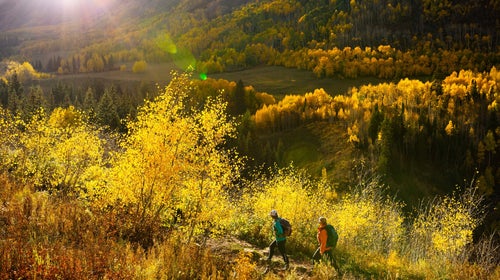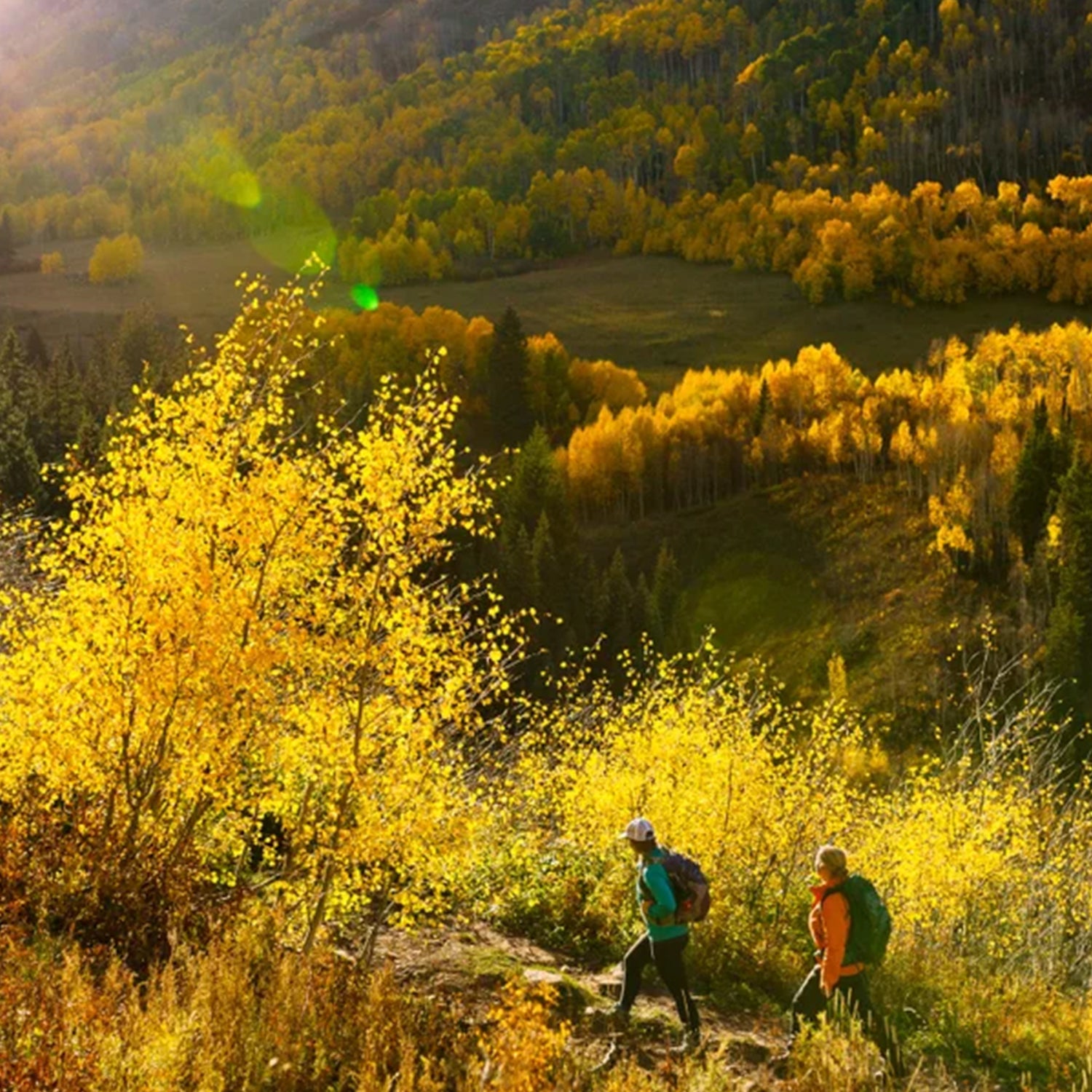Autumn is an inflection point for hikers: As the leaves fall, we bid goodbye to summer’s balmy temperatures and long days and start thinking more seriously about the cold. We trade up our lightweight bags for heavier ones, find ourselves planning out our clothing strategy, and try to remember what R-value our pads are (and ���Բ�ɲ���).��
I struggle with that seasonal transition every year, just a little bit. It’s not that I hate camping in the cold (I don’t) or that I forget how to layer (I live in Colorado—I’ve gotten snowed on in August). But fall is a time of constant change, when you can encounter summer-like warmth or early-season snow in a single day, so there’s no single surefire strategy to prepping for a trip. Still, there are a couple of rules that can as the temperatures drop. We asked Backpacker’s editors to share their hard-won lessons about what not to do during the third season.
Bringing a Warm Coat When You Need a Warm Sleeping Bag
Especially when you’re hiking in an area that’s high-altitude or dry (or, like where I live, both), autumn temperatures can dip drastically at night, dropping from balmy to freezing. Does that mean you should pack an and ? Not necessarily. It’s easy to forget when you’re staring down that weather forecast, but most backpackers are wrapped up and cozy in their tents long before that overnight low hits. Unless your route takes you across a mountain pass or some other high-altitude terrain where you could face unpredictable and dangerous weather, consider bringing a more modest midlayer, eating an early, high-calorie dinner, and getting into bed before the mercury nosedives.
One thing you don’t want to skimp on? A warm sleeping bag. While you’ll probably survive spending a chilly autumn night wrapped up in a summerweight bag or quilt, you’ll likely be shivering too hard to sleep much. Invest in a lightweight three-season bag like the , and unless you know you sleep warm, resist the urge to push the temperature rating.
Forgetting the Gloves
One thing you shouldn’t leave at home: the gloves. Your fingers are one of the first parts of your body to get cold, as your circulatory system automatically diverts warm blood to your torso in response to chilly conditions. Losing feeling in your fingers can quickly spiral from a nuisance into a safety issue as you begin to fumble with your gear. You don’t need to carry a set of heavyweight ski mitts: A pair of heavyweight liners or light fleece gloves like the Outdoor Research Vigor, or even a light pair of fleece mittens if you contend with poor circulation, should be more than enough for most backpackers.
Leaving the Sun Protection at Home
Everyone knows you have to sunscreen up during the peak days of summer, and most of us have learned that we need to make sure we’re protecting our skin during the snowiest months of winter. But while it’s true you may not be in the same danger of sunburn during fall’s shorter days as you were in the dog days, we have sad news for you: You can still get scorched during shoulder season. If you haven’t cultivated a year-round sun-protection habit, now is a good time to start. Keep a solid mineral sunscreen handy, but if you don’t want to remember to lather up, fall is also a great time to add a UV-protective long-sleeve layer like the into your rotation.
Going Stoveless
So you decided to go for it, leaving your stove at home and dedicating yourself to for the summer? Well, part of making a smooth transition to fall is knowing when to dig that Pocket Rocket out again. While you can still cold-soak during the chillier months, it’s an advanced-level move that we’d only recommend to the most masochistic of ultralighters. As a 20-something, I learned that the hard way after bringing only cold food on a shoulder-season trip in central Argentina’s Sierras de Córdoba. Now, I tote a canister stove and make something to warm myself inside and out. For best results, .��
Not Double-Checking Water Sources
Assuming that a water source that runs in summer is still firing in fall is an unforced error that too many backpackers make. By October or November, creeks and springs that have been flush since the spring melt may be starting to run dry, especially in the desert. If you’re counting on them to refill your bottle, you may be in for some . Even in 2023, the best solution to this problem is still the most old-school one: Ask someone who knows. Call up the park service, your local ranger station, or a nearby hiking group and ask them for the beta on any seasonal water sources along your route. (We’ve occasionally had luck checking recent comments on sites like AllTrails, but your mileage may vary, especially with routes that don’t see a lot of visitors.) Summer springs all dried up? Plan on carrying a little extra H2O.


